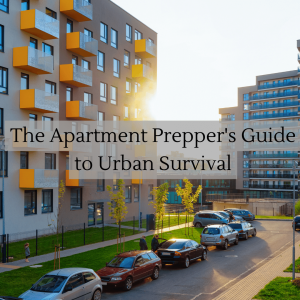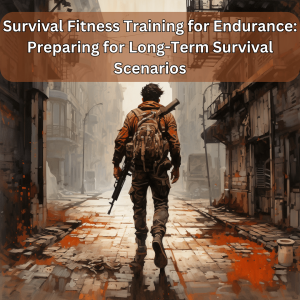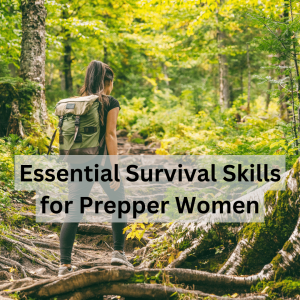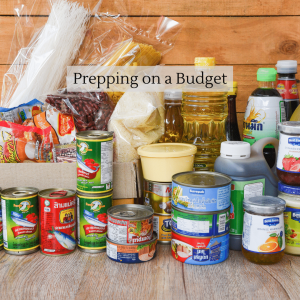Prepping, the act of preparing oneself and one’s family for potential emergencies or disasters, has gained significant popularity in recent years. Whether it’s a natural disaster, power outage, or a global crisis, being equipped with essential skills can make a substantial difference in survival and overall well-being. In this article, we will delve into two vital skills for preppers: fire building and camp cooking. Furthermore, we will provide some prepper-friendly recipes that utilize long-lasting, non-perishable foods, ensuring you can make delicious meals even in challenging situations.
I. Fire Building: A Fundamental Prepping Skill
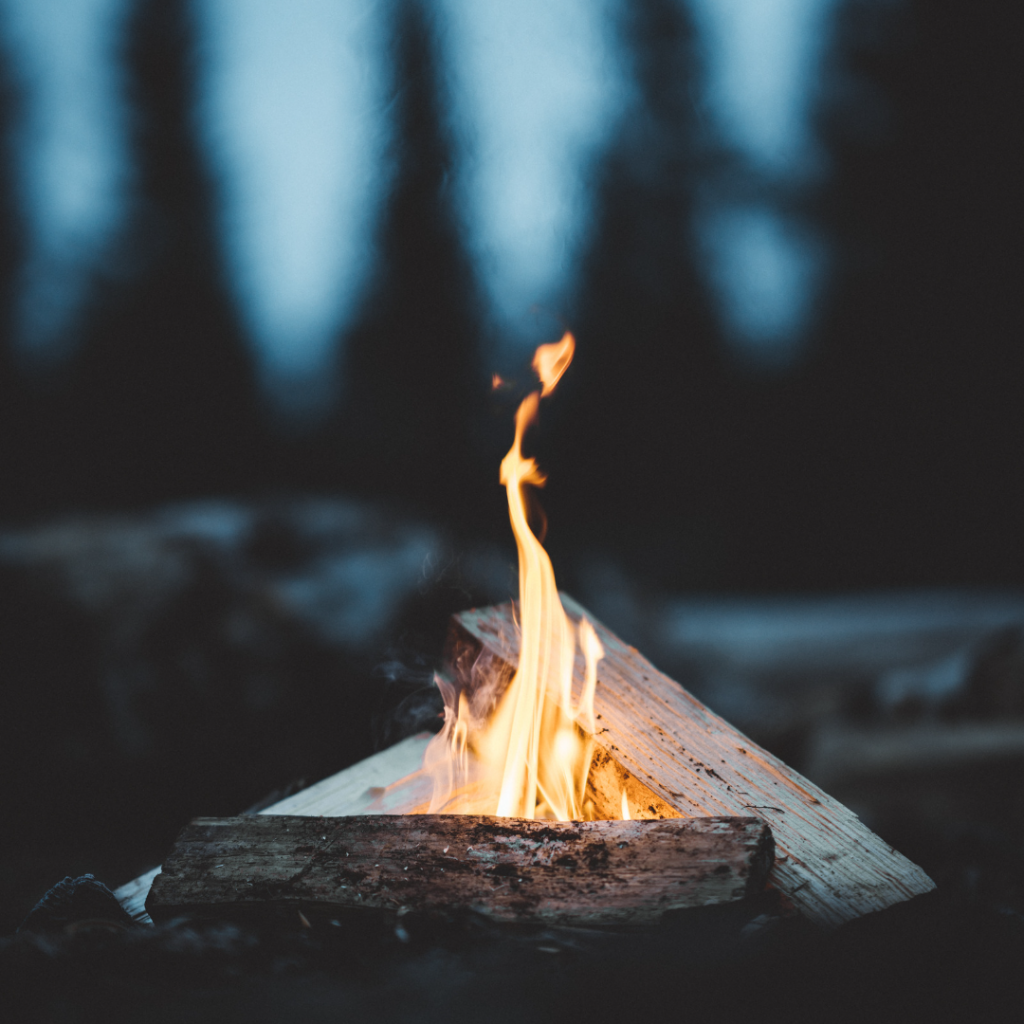
Fire building is a crucial skill for preppers as it serves multiple purposes, such as providing warmth, purifying water, cooking food, and signaling for help. Mastering fire building techniques is essential to ensure self-sufficiency and adaptability in emergency situations. Here are some key steps to becoming proficient in fire building:
- Gathering Firewood: Start by collecting different sizes of firewood, including tinder, kindling, and fuelwood. Tinder refers to easily ignitable materials like dry leaves, newspaper, or wood shavings. Kindling consists of small sticks or twigs, while fuelwood refers to larger logs or branches.
- Building the Fire Lay: There are several fire lay techniques, including the teepee, lean-to, and log cabin methods. The teepee is commonly used for quick and easy fires, while the lean-to and log cabin techniques are ideal for longer-lasting fires. Remember to leave enough space between the firewood for adequate airflow.
- Ignition: Use a reliable fire starter such as matches, lighters, or a fire starter rod to ignite the tinder. If using matches, strike them away from your body to prevent accidental burns. A fire starter rod produces sparks when scraped against a rough surface, providing a dependable ignition source.
- Maintaining the Fire: Once the fire is lit, carefully add kindling to feed the flame. Gradually introduce larger fuelwood as the fire grows stronger. Maintain a balance between airflow and fuel to sustain the fire.
Follow For Several Techniques On Starting Your Fire Using Hand Techniques
II. Camp Cooking: Nourishing Yourself in Challenging Environments
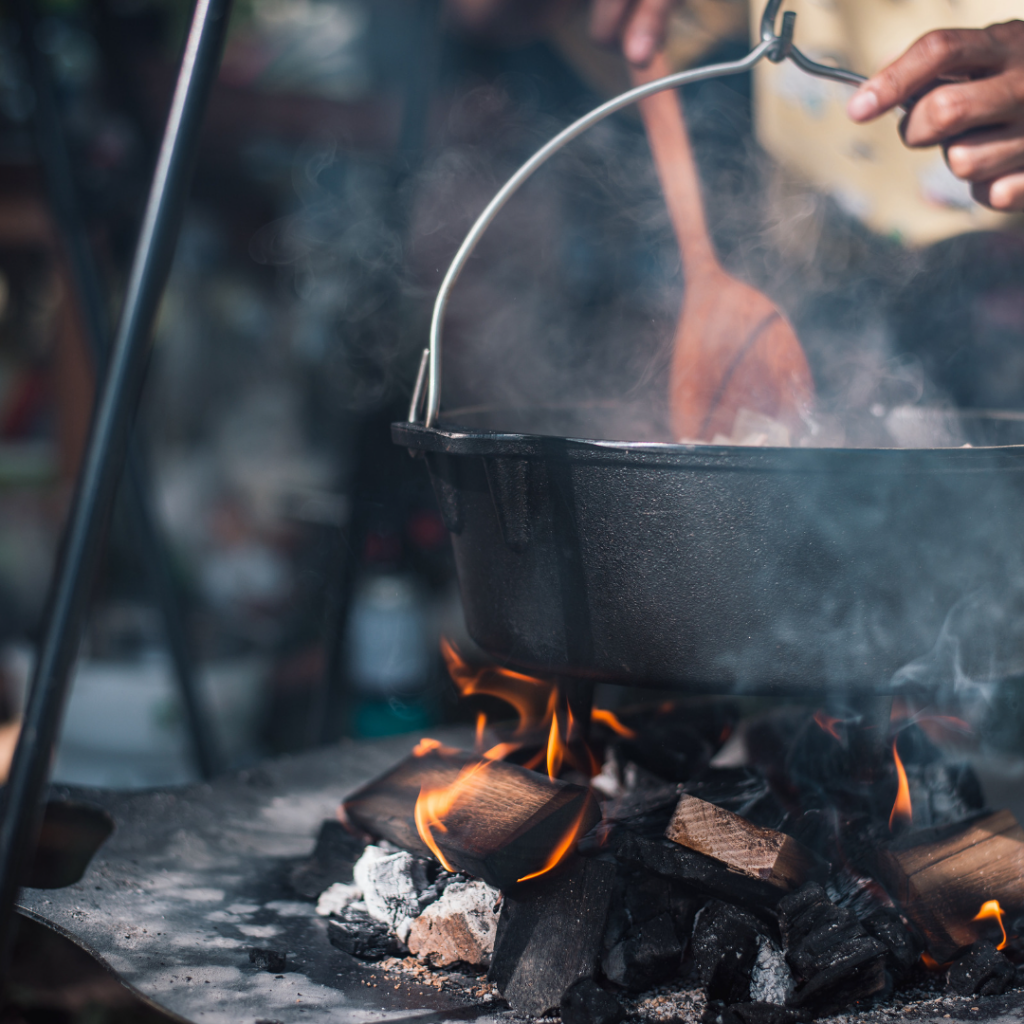
When faced with emergency situations, having the ability to prepare meals using limited resources and alternative cooking methods is invaluable. Camp cooking allows preppers to utilize their survival food supplies efficiently. Here are some essential tips for successful camp cooking:
- Equipment: Invest in lightweight, portable cooking equipment suitable for outdoor cooking. Consider items like a camping stove, mess kit, durable cookware, and utensils. Additionally, include a multi-purpose tool like a Swiss Army knife for various culinary needs.
- Prepper-Friendly Ingredients: Prepper foods, known for their long shelf life and nutritional value, form the foundation of camp cooking. Examples of prepper-friendly ingredients include canned goods (beans, vegetables, fruits), dried meats (beef jerky, cured sausages), dehydrated foods (powdered milk, powdered eggs), grains (rice, quinoa, oats), and various spices for flavor enhancement.
- One-Pot Meals: One-pot meals are ideal for camp cooking as they require minimal cooking equipment and simplify the cleanup process. Consider recipes such as hearty stews, rice dishes, or pasta with canned sauce. Combine prepper ingredients with fresh or foraged ingredients like wild greens or mushrooms for added flavor and nutrition.
- Foil Packet Cooking: Foil packet cooking is a versatile and efficient method for camp cooking. Wrap a combination of prepper ingredients, herbs, and spices in aluminum foil and cook them over a fire or on hot coals. This technique allows for easy customization and avoids cross-contamination, as each packet is an individual serving.
Prepper-Friendly Recipes:
- Campfire Chili:
- Ingredients:
- 1 can of kidney beans
- 1 can of diced tomatoes
- 1 can of corn
- 1 can of beef chunks
- 1 onion, diced
- 2 cloves of garlic, minced
- 2 tablespoons chili powder
- Salt and pepper to taste
- Instructions:
- In a large pot or Dutch oven, sauté the onion and garlic until fragrant.
- Add the canned beans, diced tomatoes, corn, and beef chunks.
- Stir in the chili powder, salt, and pepper.
- Place the pot over the campfire or camping stove and cook for 30-40 minutes, stirring occasionally.
- Foil Packet Lemon Herb Chicken:
- Ingredients:
- 2 chicken breasts
- 1 lemon, sliced
- 4 sprigs of fresh thyme
- 4 sprigs of fresh rosemary
- Salt and pepper to taste
- Instructions:
- Place each chicken breast on a separate piece of aluminum foil.
- Season the chicken with salt and pepper.
- Top each chicken breast with lemon slices, thyme sprigs, and rosemary sprigs.
- Fold the foil to create a tightly sealed packet.
- Cook the foil packets over the campfire or hot coals for approximately 20-25 minutes, or until the chicken is cooked through.
Conclusion:
In the realm of prepping, acquiring essential skills is crucial for ensuring survival and self-reliance during emergencies. Fire building and camp cooking are two fundamental skills that enable preppers to adapt to adverse situations. By mastering fire building techniques and learning how to create flavorful meals using prepper-friendly ingredients, preppers can increase their chances of thriving in challenging environments. Remember, practice makes perfect, so dedicate time to honing these skills and experimenting with different recipes to build your resilience and confidence as a prepper. Stay prepared, stay safe.
